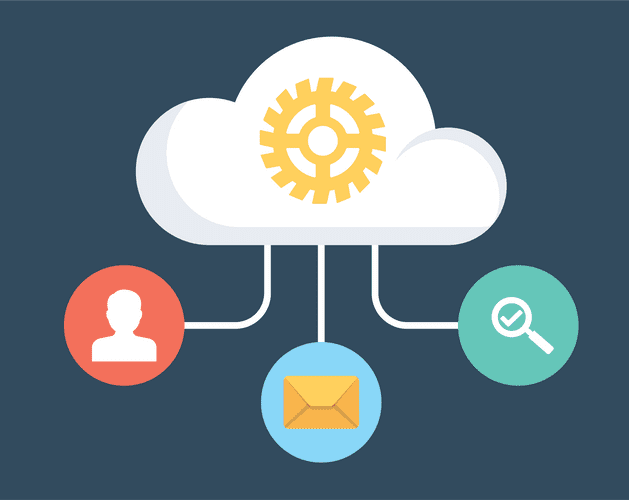More and more customers are turning to the cloud. Industry stats from Gartner suggest that 30% of software spend is now cloud-based, and it looks like this trend will continue. But what impact is that having on how we do Software Asset Management?
We've been part of the SAM movement for about the last 20 years. Throughout most of that time, the focus of SAM has been to analyse the difference between a customer's software entitlement, and what they have actually installed – what we call an Effective License Position or ELP. That enables us to spot and mitigate any compliance risk, and help the customer to 'rightsize' their software estate – uninstall unlicensed software, procure any shortfall etc.
More latterly, our focus has been on SAM as a process rather than a project – if you treat it as a once a year clean-up exercise, by the time you get to your first anniversary you will be just as out of whack as you were to start with! So most of our engagements these days are more of a service than a project – helping customers to optimise their software assets as they go. Of course, this approach has the additional benefit of enabling us to help reduce ongoing spend by looking at usage, harvesting unused software etc.
Cloud, however, changes everything! As you're paying for consumption, by the time you realise you've given someone software they don't need, or that the service that you've spun up is unnecessary, you've already been billed for it. What an unpleasant surprise!
Two essential strategies for effective cloud spend management:
Firstly, sharpen up your processes.
Governance is essential in a pay-as-you-consume world! Don't let people have access to use or install software as they please; make sure there is a sign-off process that's based on the true requirement. Challenge your employees – do they really need the 'Pro' version or would 'Standard' suffice? Perhaps you could build standard profiles for your different employee types and allocate software accordingly. Time stamps are useful for IaaS – you'd be surprised how many VMs run in the cloud but are no longer used or needed – but still cost money! Change control can be a useful point to catch this sort of thing. If your processes are well established and well communicated, you can keep a handle on your software and manage spend – without slowing things down unnecessarily.
Secondly, make sure you treat this as an ongoing optimisation process.
It's essential to monitor and review your usage continually. This will provide you with the information you need to decommission services that are not needed, or to move users up or down tiers for productivity suites. There's no point in paying for something you don't get value from! Clearly this requires access to tooling to enable this level of visibility. Speaking of which....
SAM and the cloud are talking
SAM tools are starting to embrace cloud; the more advanced ones are pulling data from vendor portals, tagging servers and metering cloud consumption. If you want to drive this stuff hard, and extract as much value as possible out of the cloud consumption model, you can integrate the monitoring tools into your automation strategy – enabling you to remove unused software automatically, or after a given period of time. This is particularly relevant for larger customers where the effort to control this manually would be enormous.
Contact Us
Clearly the market is evolving rapidly in this area. The Softcat ITAM team is up to speed and ready to guide you through the available options. We also provide services to help get you there faster, and make sure you are making the most of your cloud spend. We're not retiring our traditional Software Asset Management services yet, but we are evolving them to help you with the governance and optimisation you need for this brave new world of Cloud. If you need any help, please get in touch via your account manager or by using the button below.

